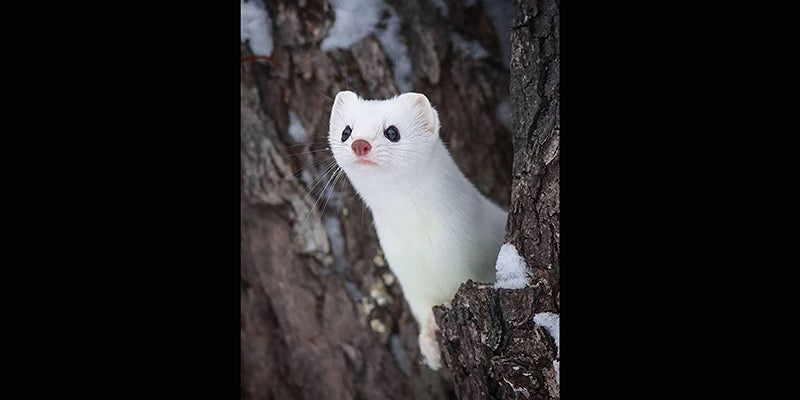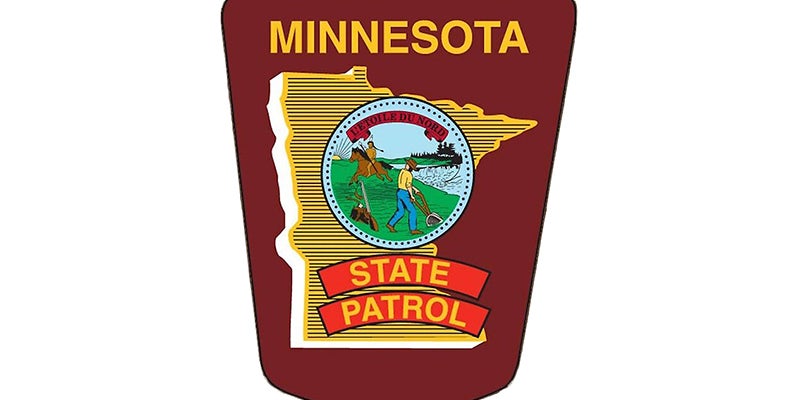Nature Notes: Masters of disguise
Published 5:13 pm Tuesday, October 31, 2023

- Photo provided
|
Getting your Trinity Audio player ready...
|
By Meredith Maloney
Office Manager/Naturalist
November is a month marked by change. It is an often unpredictable month. November might bring warmth and changing leaves, or cold, rain, and snow. The hottest day of November in Minnesota’s modern climate record was 84 degrees, recorded in Winona on Nov. 1, 1950. The coldest day in November was -47 degrees, recorded in Pine City on Nov. 25, 1945.
However, November can be counted on for one thing: to change the landscape, from green and vibrant to barren and monochrome. So, how do animals adapt to this transition from fall to winter, particularly when it comes to camouflage?
One pretty neat way that critters are able to veil themselves in winter time is by changing the color of their fur. There are over 20 species of mammals and birds that undergo a full wardrobe change twice a year in the northern hemisphere: snowshoe hares, minks, and weasels are a few of these masters of disguise.
In the case of the snowshoe hare, this color changing molt is believed to be triggered by light. As the days shorten and light dwindles, receptors in the snowshoe hares’ retinas send a signal to the hare’s brain that it is time to change, which releases a hormone to start the process. Over the course of 10 weeks, they molt their brown fur and regrow thick, white fur. The white fur that grows in is longer and thicker, which helps the hares stay warm while blending in. The white hair also has more space between follicles than the brown fur does, which allows them to insulate themselves with their own body heat.
Light seems to be the driver for color change in weasels as well. Interestingly, weasels of the same species that live in southerly climates don’t undergo this seasonal color change. In zones where southerly and northerly climates begin to blur, weasels can change and undergo a partial molt, meaning they become a blend of white and brown.
Seasonal color molting is a brilliant way for mammals and birds to stay safe and cozy during the wintertime. That is, as long as there is snow. With climate change leading to an increase in snow variability, how are these creatures coping?
Well, some are able to change their behavior to adapt. In the case of the willow ptarmigan (an adorable type of grouse that lives in Scandinavia and other cold northern regions) they will travel for food, and only eat in areas where they can blend in. The rock ptarmigan (a Canada native) will cover themselves in mud and dirt to blend in if their molting doesn’t match their habitat. Some animals’ winter seasonal molt has changed in hue over time; white, grey-ish, and blue-ish morphs can be found among hares. Though, some animals have not quite figured out how to adapt; snowshoe hares don’t change their behavior in spite of camouflage mismatch, and find themselves sticking out among the landscape.
November events
Registration for Wreath Classes online is at hormelnaturecenter.org
Nov. 10: Interpretive Center closed – Trails remain open
Nov: 10: Cedar River Astronomy Club, 8 p.m.
Nov. 16: Give to the Max Day
Nov. 18: Planetarium Open House, 1-3:40 p.m.
Nov. 23-24: Interpretive Center closed – trails remain open
Nov. 28: Wreath Class – paid and preregistration required, 6 p.m.
Nov. 29: Wreath Class – paid and preregistration required, 1:30 p.m.
Nov. 30: Wreath Class – paid and preregistration required, 6 p.m.
Dec. 2: Wreath Class – paid and preregistration required, 9 a.m. and 1:30 p.m.




